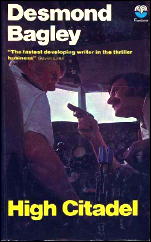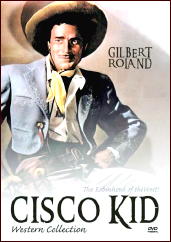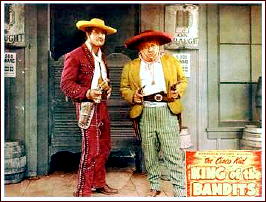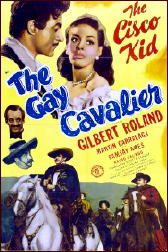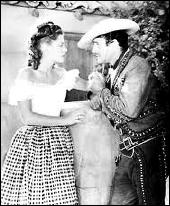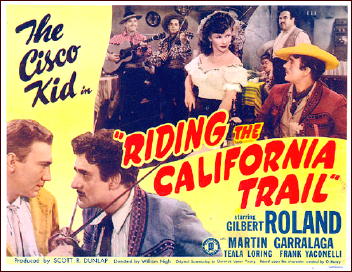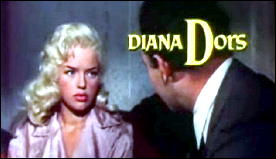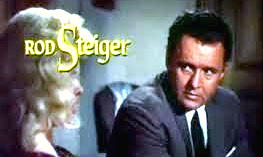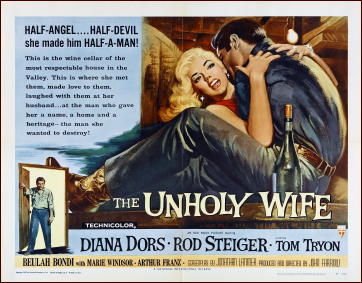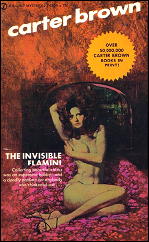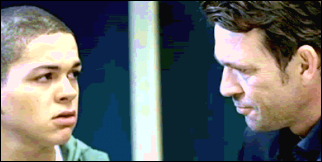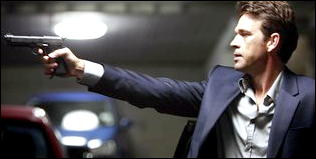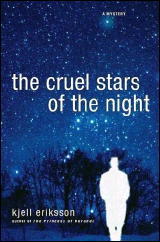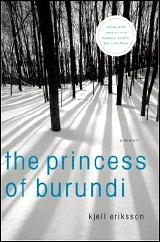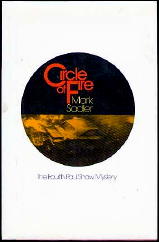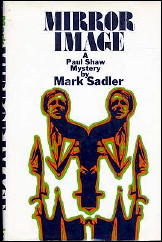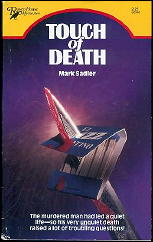Mon 22 Nov 2010
Reviewed by Walter Albert: ELIZABETH IRONSIDE – The Art of Deception.
Posted by Steve under Authors , Bibliographies, Lists & Checklists , Reviews[2] Comments
ELIZABETH IRONSIDE – The Art of Deception. Felony & Mayhem Press, 1st US edition, softcover, 2009. Originally published in England by Hodder & Stoughton, hardcover, 1998.

I can’t help but begin with the American publishers’ statement that the books they publish in the “British” category “feature the highly literate, often witty prose that fans of British mystery demand.”
I hadn’t realized that this was why I read a fairly substantial number of British mysteries, but I will preen my feathers discreetly, trying to pretend that I’m not flattered by the claim.
To give you some idea of author’s style, here are the opening lines:
She was eating a trout, concentrating on piercing its crisply fried skin, slicing along its back and separating it into fillets, having already removed its head. She was the sort of vegetarian who, some how, categorises fish among plant life.
The first-person narrator of this archly comic mystery is Nicholas Ochterlonie, a prim art historian who, suddenly abandoned by his wife, finds himself afloat on a sea of uncertainty. The comforting, safe harbor he thinks he finds in his neighbor, the beautiful and mysterious Julian Bennet, instead turns out to be the beginning of a perilous voyage.

It’s initially one of discovery, with the often remote yet sometimes passionate Julian alternately exciting and perversely frightening him. The trashing of Julian’s flat by vandals and a street mugging introduce dark notes into the world he marginally shares with her, and her friends, Russians of dubious background, he only tolerates because he hopes they will bring him closer to an understanding of the enigma that she remains to him.
There’s deception at every level in this artful novel. Nicholas is, of course, undoubtedly deceiving himself as he is deceived by Julian, but prodded by his cousin Prisca at the opening dinner, the novel is his attempt to follow her advice to “come to some kind of understanding of what happened, why it happened, why it happened to you of all people.”
The reader floats on a surface of contradictions and improbable events, with the novel, in search of explanations, ending with the narrator’s declaration that he will “never tell [Prisca] or anyone” what they want to know.
And if you are interested in learning more about the the multiple deceptions, I invite you to enter this maze, perhaps at your own peril.
Bio-Bibliography:
A Very Private Enterprise (1984)
The Accomplice (1995)
Death in the Garden (1995)
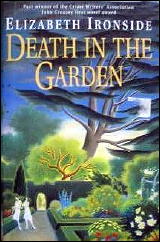
The Art of Deception (1998)
A Good Death (2000)
Elizabeth Ironside is/was the pen name of Lady Catherine Manning, wife of Sir David Manning, the British ambassador to the US between 2003 and 2007. Felony & Mayhem Press has recently reprinted all five books, in each case their first US publication.


